BY STEPHEN MACAIS, EXECUTIVE VICE PRESIDENT OF MULTICULTURAL MARKETING AND COMMUNICATIONS
There is no better time to learn about what drives Hispanic and Latin American consumers, and appreciate the complexities embedded in the DNA of this community, than Hispanic Heritage Month….or is it Latinx Heritage Month? Latino Heritage Month? Latin@?
That’s a dynamic conversation with no one ‘right’ answer, but as this consumer base continues to evolve, brands must know how to properly adapt and follow them in that journey. With the U.S. Hispanic consumer making up 19% of the population[1] and controlling a total of $1.5 trillion in buying power[2], it’s vital to understand that what makes the Latinx culture so rich is the diversity of its people and the intricacies that are built into its foundation. A perfect example of this is the discussion surrounding the use of Hispanic vs. Latino/a vs. Latinx vs. Latin@. Where younger generations are more likely to embrace and adopt the use of Latinx to describe their identity, their parents and grandparents are used to identifying as Hispanic or identifying by their country of origin (Mexican, Salvadoran, etc.). So, which one is it, and is it too risky to engage with the variations?
Beyond the terminology, activating around a tentpole as culturally significant as Hispanic Heritage Month requires insight into its history. This nationally-recognized holiday, which runs from September 15 to October 15, celebrates the history, culture, and contributions made by Latinx people in the U.S. Between September 15-22, many Latin American countries including Mexico, El Salvador, Costa Rica and more celebrate their independence. Día de la Raza, a holiday recognized in many Latin American countries that honors the people, tradition and cultures that were destroyed due to European colonization, also falls within this 30-day period on October 12.
Although Hispanic means ‘Spanish-speaking’ and is often associated with Spanish colonialism and the exclusion of indigenous groups, Hispanic Heritage Month also celebrates Latinos who might not necessarily speak the language, but have roots in any Latin American country. As a result, more people are adopting ‘Latinx Heritage Month.’
Tapping into this audience doesn’t just mean translating marketing materials to Spanish, or enlisting a notable Latinx personality to be the face of a new product. The backbone of a successful Hispanic/Latinx outreach campaign involves an understanding that this audience is not monolithic. It also requires access to experts that recognize that a Mexican who shows up to a Salvadoran Christmas gathering might be surprised by the type of tamales they see on the table.
This community is made up of people who have varied cultural experiences, come from different ethnic backgrounds, and even speak different languages. Brands who succeed at engaging them and telling their stories recognize these differences, and leverage them to create campaigns that make them feel represented.
Approaching a new market can be scary for brands, but we ensure to equip clients with the confidence that when it comes to the Hispanic market, it’s not about reinventing the wheel.
In the next 5 years, finding a way to appeal to this audience will be naturally built into campaigns, as Hispanic/Latinx Americans are the largest minority in the United States[3] and will be 21.1% of the U.S. population by 2030[4]. As the numbers show, the audience has always been there, it’s just a matter of shifting perspective.
[1] Total Annual Spending by U.S. Hispanic Households To Reach $978 Billion in 2020 – Higher Than Any Other Minority Consumer Group (Claritas, 2020)
[2] 2020 will be the year of the Hispanic (Hispanic Online Marketing, 2020)
[3] Hispanics in the US Fast Facts (CNN, 2020)
[4] 3 ways that the U.S. population will change over the next decade (PBS News Hour, 2020)
R&CPMK is a preeminent integrated marketing and communications agency in global entertainment. We represent more than 400 of the most influential actors, producers, content creators, musicians, directors, and athletes around the world. Contact us for consultations.


